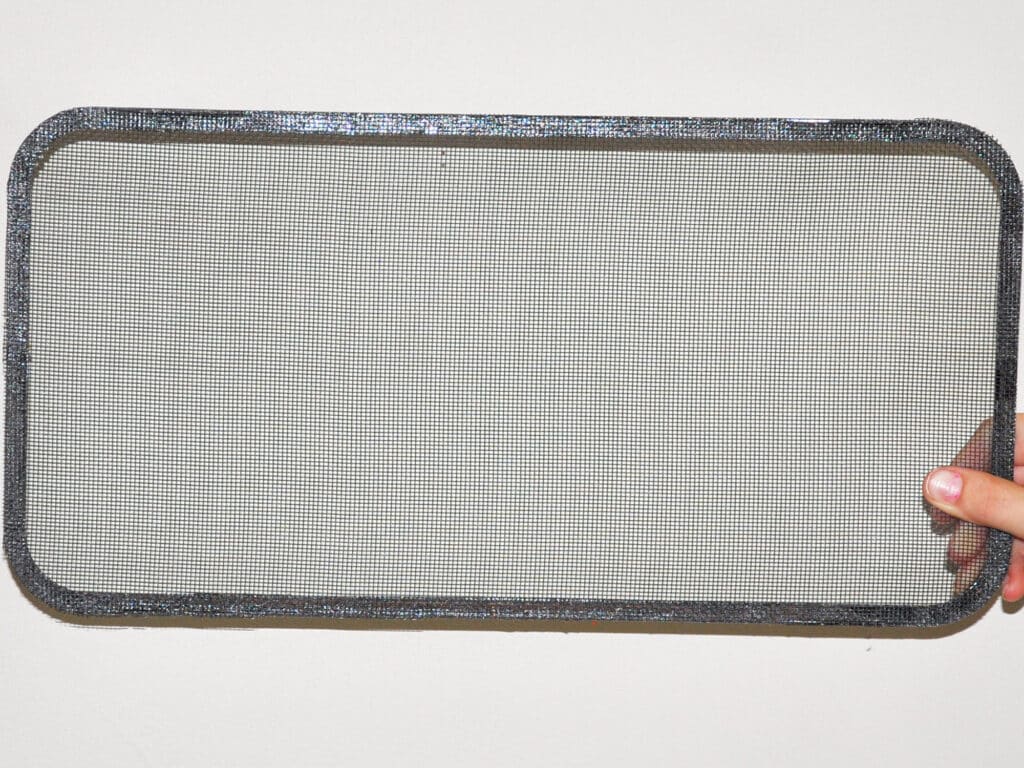
“Nighty-night. Hope the bugs don’t bite.”
My parents used this rhyme to tuck me into bed each night. I used it with my own children. It is particularly pertinent on a boat, because there’s nothing more annoying than a mosquito buzzing around in a dark cabin, and the moment you switch on a light in the hope of squashing it, it vanishes into some small cranny—until you switch off the light again. It’s also not really ideal to spray a small cabin with insect repellent because you might be the one who gets repelled.
The answer is to have bug screens covering all openings, particularly portlights and hatches, which you might want to open all night for ventilation.
Most portlight manufacturers make mesh screens that fit their portholes. On my 50-foot schooner, Britannia, we also have custom-made hatch screens that clip into place under the hatches. One fits completely around the main companionway doors, but it makes it awkward to get in and out, so we don’t use that very often.
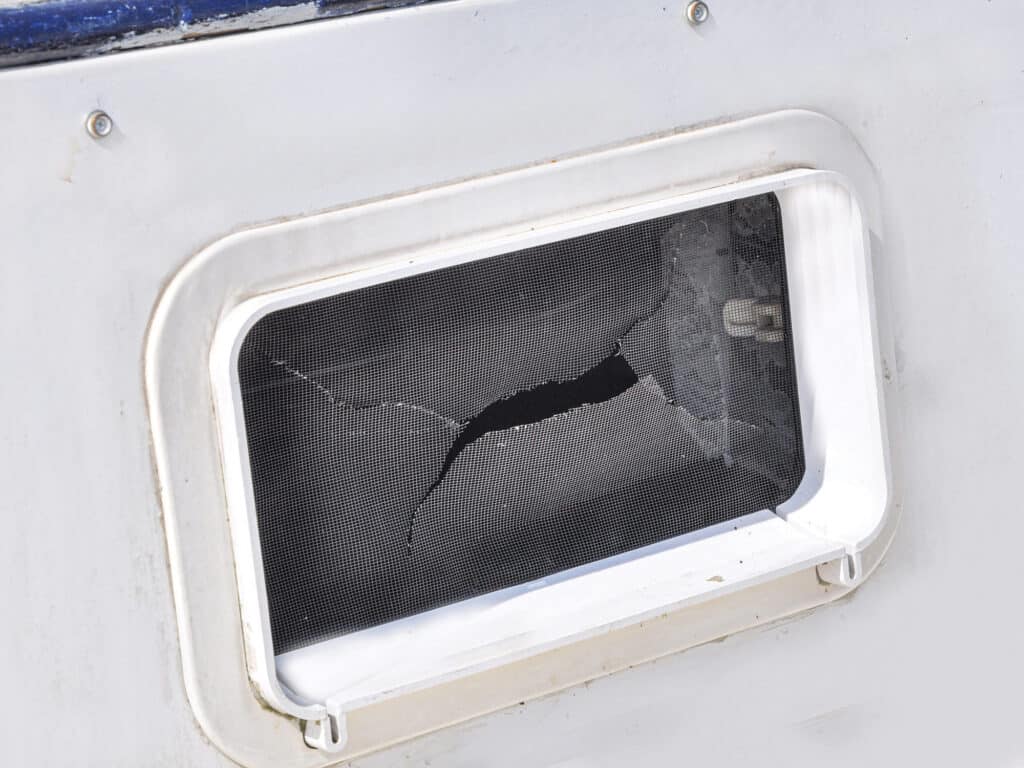
Portlight screens need to be outside the hinged window glass and within the frame of the port so that when the window opens inward, they remain in place. As a consequence, they are subject to rain, sea spray and ultraviolet light, even when the port is closed. The thin mesh screens slowly deteriorate.
Nearly all of the 12 opening-port screens on Britannia had arrived at this deterioration stage, with some actually torn and needing replacement.
My portlights were made by Beckson, in Connecticut, with the newer-type overcenter cams to lock the port. The fine mesh screen is glued on one side of an oval frame that fits into a groove in the gasket, forming the seal between the port body and the hinged window. Beckson sells replacement screens for $32.90 each, but with 12 to restore, I decided to look into repairing them myself.
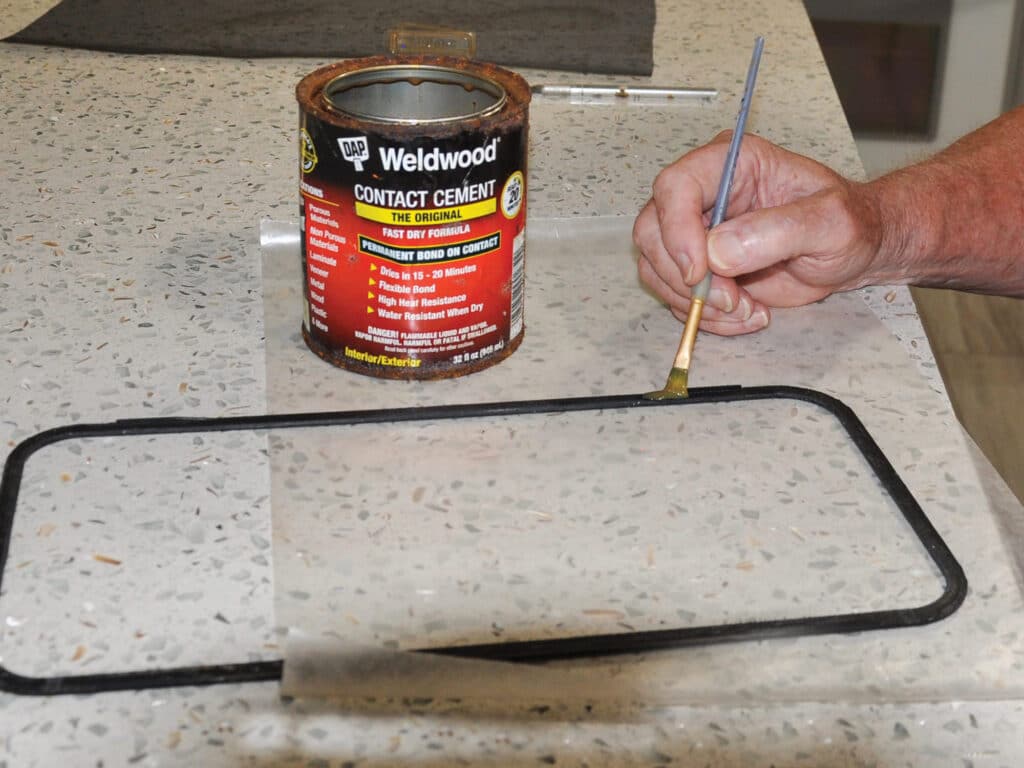
I bought an 8-by-4-foot roll of fine mesh bug screen (used for repairing swimming pool enclosures) from my local hardware store, along with some contact glue and a quarter-inch art brush.
To remove the screen frame, it was first necessary to pull the sealing gasket completely out of its groove in the body of the port. Everything needed cleaning in soapy water anyway, so while I repaired the screens, my wife cleaned the hinged windows. We soon had ports looking like new. (It’s best to undertake this project on a day when no rain is forecast because once the sealing gasket is removed from the body, the window is no longer waterproof, even if it’s locked.)
Using an X-Acto craft knife with a new, sharp blade, it was a simple matter to trim the old mesh out from the frame. Then, I brushed a thin bead of contact glue all around the rim of the frame and placed it glue-side down on top of my mesh, pressing them firmly together. (It would have been a good idea to first place a sheet of grease-proof paper under the mesh so that any excess glue would not stick to the table, requiring xylene-based solvent to remove it.)
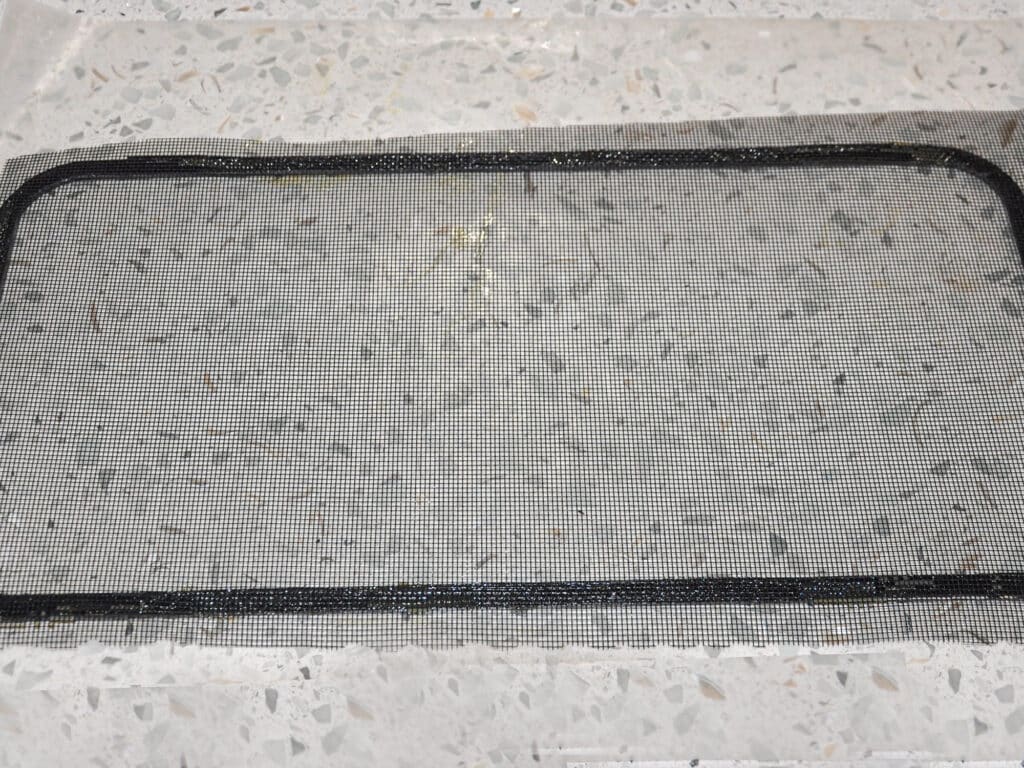
After a few minutes, I cut loosely around the outside of the frame with scissors, and then moved on to the next screen. Replacing all 12 screens in this way took me just one hour. I then left them all overnight so that the glue could thoroughly dry.
After that, it was a simple matter of trimming the outside mesh flush with the frame, and I had nice new screens for all my ports.
A squirt of washing-up liquid helped to ease the new screens into the grooves in the gaskets, and press the gaskets back into the groove in the portlight. I could tell if the gasket was back in place properly because the window would close like before.
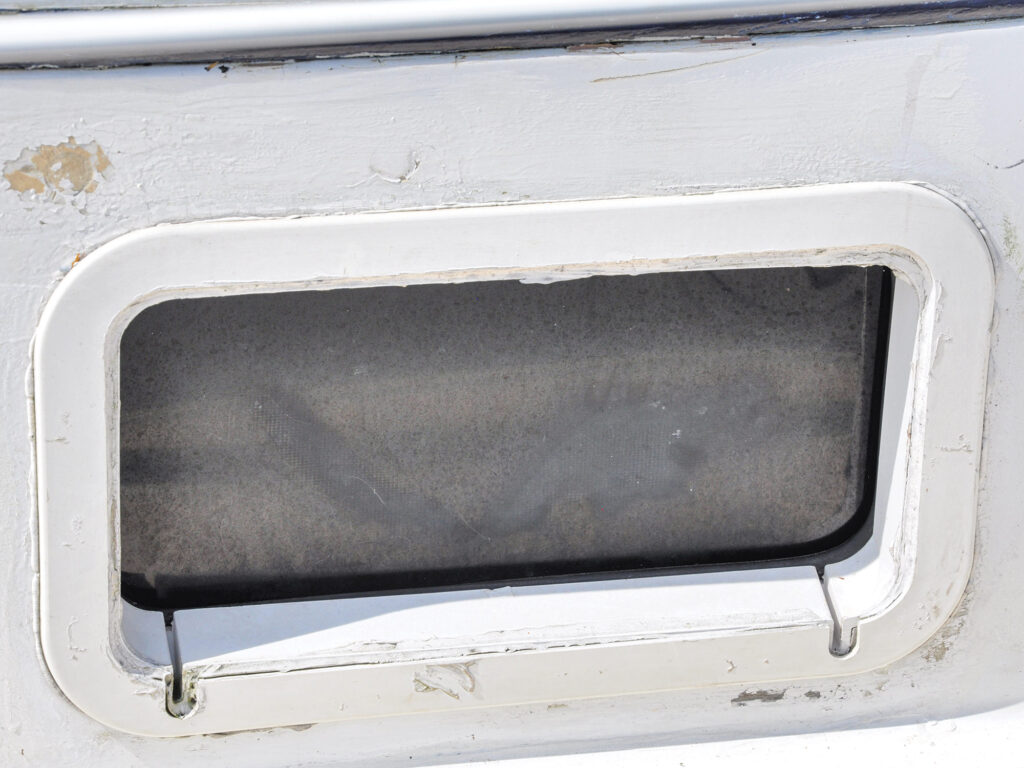
We now know that no bugs can come in through the open ports. If we also fit the hatch screens and keep the cabin door shut, it is a fair bet that the cabin will be completely free of any nasty flying bugs. Ahh, sweet dreams.
The screens cost $32.90 each from Beckson, plus shipping and tax; that would be a total of about $450 for 12 ports. My screen material cost only $10. A quart tin of contact glue cost $7, and the art brush was $2. Total cost: $19. It’s a no-brainer for a couple of hours’ work.
Hailing from New Bern, North Carolina, Roger Hughes has been messing about on boats for half a century as a professional captain, charterer, restorer, sailing instructor and happy imbiber. He recently completed a full restoration and extensive modification of a well-aged 50-foot ketch. Read more of his work at schooner-britannia.com.








